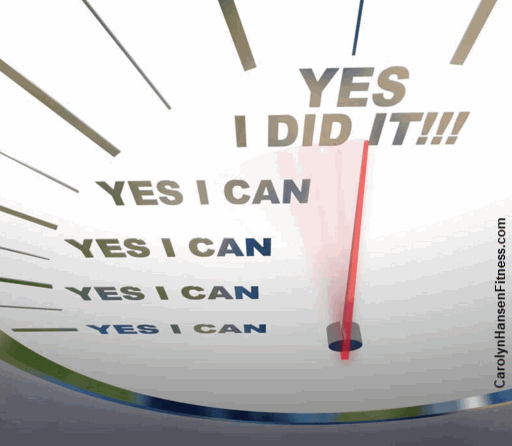
Feeling tired, sluggish or sleepy beyond the norm? Ready to fight your ongoing fatigue?
Rather than reach for another cup of coffee, try on exercise for relief.
A Harvard Medical School report on how exercise is empowered to boost energy confirms the reason why so many of us find it difficult to get going: it’s easy to lose fitness and much harder to rebuild it.
In other words, the less fit you are, the more you feel the effort, even when you’re doing less than a fit person.
Compared to an active individual, sedentary people experience more fatigue when carrying out a physically demanding task and both a higher heart rate and lower oxygen consumption.
It seems the link between exercise and energy can be counter-intuitive. When your energy levels are low, you need to expend some to get some. You’ll need to get off that couch and give your body what it is screaming for – exercise.
However, you won’t need to work out to the point of exhaustion to capitalize on and reap the benefits.
According to the Harvard report, the energy boost comes in four main ways:
• As you work out your muscles burn more energy, and as they do, mitochondrial function increases.
• Your body’s oxygen-carrying capacity increases with regular exercise because it creates more capillaries, and by breathing more deeply and increasing your heart rate, you pump more oxygen into your blood.
• Exercise affects the levels of several hormones and other chemical messengers some of which control your mood.
• Working out helps you to get more refreshing rest by increasing the time you spend in deep sleep. Even if you have the same amount of sleep, the sleep of active people is more restorative and refreshing and they don’t wake up as often.
Mitochondria
Mitochondria are known as the powerhouses of the cell, it’s where our energy comes from. They are organelles that act like a digestive system which takes in nutrients, breaks them down, and creates energy rich molecules for the cell.
The biochemical processes of the cell are known as cellular respiration. Many of the reactions involved in cellular respiration happen in the mitochondria. Mitochondria are the working organelles that keep the cell full of energy so keeping these little healthy is vital to healthy aging.
There are many types of exercise that help your mitochondria. However, ongoing tests are revealing that HIIT – high-intensity interval training is the best type for your mitochondria.
Resistance or weight training done with adequate effort – HIIT – has proven to keep your cells young more than any other type of exercise. In fact, a recent study done by the Mayo Clinic reveals that HIIT type of exercising actually reverses some cellular aspects of aging.
If you really want to keep your mitochondria at the healthiest levels possible, it’s time to tap into the power of intense exercise…
Here’s a no-muss, no-fuss approach to home-based exercising for solid fitness gains go…
Check out my quick and easy…
Project Me Finally Fit program
At just 10 minutes in length, if you cannot find a way to squeeze this kind of effective workout into your schedule every other day, it’s likely there’s not another one in all existence that could take it’s place.
After all, most things can only be made so simple before they just cannot be made to work at all!
– Carolyn “The 10-Minute Sandbag Workout” Hansen
If you’d like to know more about how THE most effective form of fitness training and strength building that you are ever likely to come across is… can be made to work for you, then click the following link to learn more…
Project Me Finally Fit sandbag kit
P.S. I even created a FREE mobile app for you to keep track of your sandbag workouts. With 4 built-in workouts of 7 distinct sandbag movements, you have 28 different exercises to choose from should you decide to create your own custom sandbag works.

